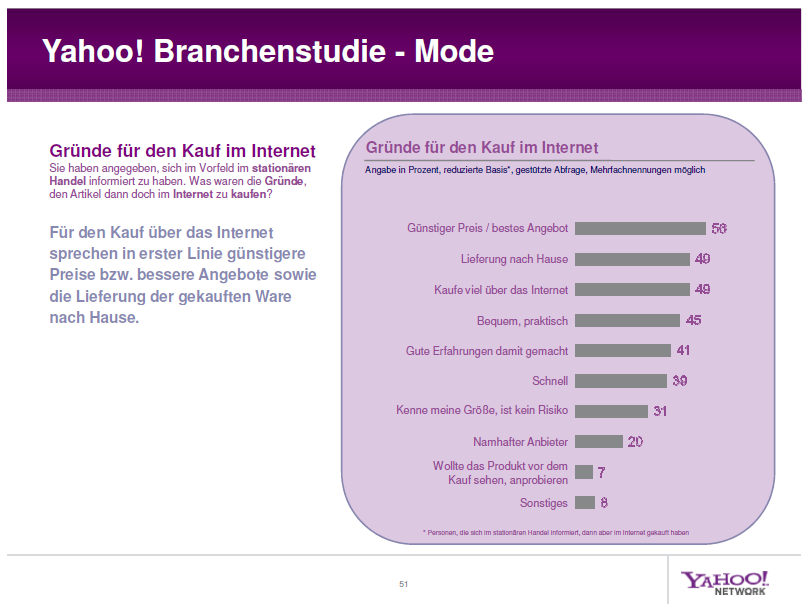Die Zukunft des mobilen Web: Experimentierzeit ist vorbei
 One-on-One Interview with Olav A. Waschkies
One-on-One Interview with Olav A. Waschkies
Director Strategic Marketing & Mobile Internet, Pixelpark
Olav A. Waschkies arbeitet seit über 15 Jahren in der Kommunikationsbranche und verantwortet seit Anfang 2008 als Director Strategic Marketing & Mobile Internet, die Mobile-Aktivitäten von Pixelpark Agentur. Der gelernte Betriebswirt mit Stationen an der Universität zu Köln und der Universidad de Navarra in Pamplona ist Marketer der ersten Stunde im digitalen Marketing und seit 2000 bei Pixelpark beschäftigt. Olav A. Waschkies ist stellvertretender Vorsitzender der Fachgruppe Mobile im Bundesverband Digitaler Wirtschaft (BVDW) e.V.
The Strategy Web hat Olav Waschkies über die Zukunft des mobilen Web befragt.
Q: Was sind die Eckpfeiler einer guten ‘mobilen Webstrategie’?
Olav Waschkies Eine gute mobile Webstrategie zeichnet sich durch Zielkongruenz der mobilen Aktivitäten zu den übergeordneten Gesamtzielen der E-Business-Strategie aus. Dies kann von der Erschließung neuer Umsatzfelder im Bereich Mobile Advertising über die Integration des Themas Mobile im Bereich Distanzhandel hin zur Kostenreduktion durch Prozessoptimierungen im Bereich Costumer Self Service sein. Entscheidend sind die Faktoren – Zielgruppe und Akzeptanz des Mobile Internet, Technische Architektur der eigenen E-Business-Aktivitäten und interne Entscheidungsstrukturen und Akzeptanz für neue marktrelevante Themen im digitalen Umfeld.
Q: Ist das Thema ‘Mobile Webstrategie’ in Unternehmen als ganzheitliches Thema angekommen oder eher ein Marketingphänomen? (mit Begründung)
Olav Waschkies Es ist sicherlich ein Problem in der Entwicklung des mobilen Internets, dass das Thema in weiten Bereichen noch als „Marketing-Spielwiese“ und nicht in der Gesamtheit seiner Bedeutung für die Unternehmen gesehen wird. Schlimmer noch, es wird oft nicht einmal Marketing-Thema, sondern enger gefasst als Marketing-Kommunikationsthema gesehen. Mobile Internet wird dabei sehr häufig auf den Kampagnen-Charakter verkürzt, im extremsten Fall noch auf das Thema Mobile Direct Response, d.h. auf SMS-Dienste. Das Potenzial des mobilen Webs für die Bereiche Internet, Extranet und Intranet werden leider in den wenigsten Fällen strategisch aufgenommen und als Gesamtheit in die E-Business-Strategie integriert. Der Grund ist sicherlich die Entwicklung des Themas, da Direct Response Kampagnen lange Zeit die bekannteste Nutzung des mobilen Webs waren und alle Ansätze aus dem Jahrtausendwechsel als Wap-Flop noch in der Wahrnehmung der Entscheider präsent sind. Die Möglichkeiten die sich eine Dekade später ergeben, sind diesen Entscheidern noch einmal nachhaltig näher zu bringen.
Q: Sehen Sie das Thema Social Media und Web 2.0 von großer Bedeutung für die Entwicklung des mobilen Webs?
Olav Waschkies Social Media und Web 2.0 sind bereits immanenter Bestandteil des mobilen Webs. Eigentlich muss man es noch konsequenter formulieren, das mobile Web ist Web 2.0 in seiner reinen Form und wer sich die mobilen Mandanten der etablierten Online-Angebote und die neuen „mobile born“ Angebote sowie deren Nutzung anschaut, wird sich dieses Eindrucks schwerlich verweigern können.
Q: Ist es überhaupt schon die richtige Zeit für Unternehmen mobilen Content zur Verfügung zu stellen?
Olav Waschkies Es ist für viele Unternehmen bereits fünf vor zwölf, da im Zweifel der Wettbewerb bereits mobil vertreten ist. Wir haben es im mobilen Web nicht mehr mit Prognosen oder Trends zu tun, wir stehen in den nächsten Monaten vor belastbaren Marktdaten, die Transparenz schaffen werden über Angebot und Nachfrage und zeigen werden, dass zum einen bereits ein Markt existiert und zum anderen welche Entwicklungsdynamik diese Markt hat.
Q: Was sind die drei größten Herausforderungen für Unternehmen, die auf mobilen Content setzen wollen?
Olav Waschkies Es lassen sich die folgenden drei Herausforderungen charakterisieren:
1. Interne Herausforderung – Wird das Thema mobile Web als unternehmensrelevant erkannt, erhält es Promotoren auf Entscheidungsebene und findet seinen Widerklang in der E-Business-Strategie?
2. Technische Herausforderung – Lässt sich das Thema in die eigene E-Business-Infrastruktur integrieren und wie, bzw. mit wem lässt sich dieses zielführend umsetzen?
3. Markt Herausforderung – Wird von den Unternehmen der richtige Marktbedarf erkannt und ein adäquates Angebot für die eigene Zielgruppe(n) geschaffen?
In Summe münden die Herausforderungen in die Aufforderung das Thema mobile Web aus der Ecke des Experimentierumfelds herauszuholen und anzufangen, das Thema als geschäfts- und somit strategierelevant einzuordnen, da das mobile Web in den nächsten Jahren sich im Massenmarkt etabliert haben wird.
Herr Waschkies, wir danken Ihnen für den spannenden Einblick in eine mobile Web-Zukunft.
Spot On!
Ergänzend hierzu soll eine Studie von TNS Infratest im Auftrag der E-Plus nicht unerwähnt bleiben, die die Usersicht beleuchtet.
– Mobile Datenangebote: Trend zu Handy- und Laptop-Surfen hält an
– Sprach- und Datentarife: Deutsche bevorzugen Flatrates
– Telefonie: Jeder Dritte würde ganz auf einen Festnetzanschluss verzichten
– Deutschlandweit repräsentative Studie unter 2.000 Verbrauchern
Die am häufigsten genutzten Mobilfunk-Anwendungen sind demnach…
– SMS-Versand (81%)
– Telefonieren (69%)
– Foto und MMS-Versand (33%)
– Musik-Downloads (15%)
Die Studie steht zum Download bereit bei E-Plus.




